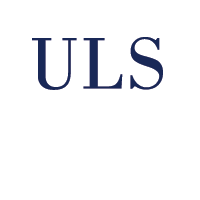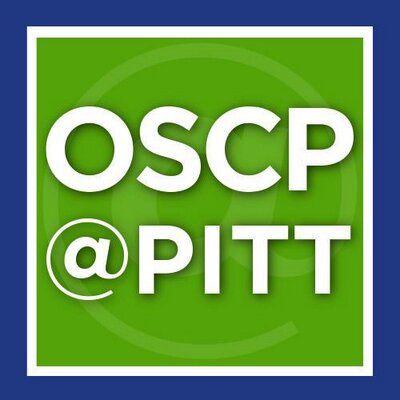Van der Merwe, Yolandi
(2018)
Neuroimaging and Extracellular Matrix Based Approaches to Optic Neuropathy.
Doctoral Dissertation, University of Pittsburgh.
(Unpublished)
This is the latest version of this item.
Abstract
There are approximately 2.4 million acute ocular injuries annually in the U.S. Twenty percent of these injuries result in partial or complete blindness due to traumatic injury to retinal ganglion cells (RGC). Like all central nervous system (CNS) neurons, RGC fail to regenerate injured axons because of multiple factors that lead to secondary tissue damage. We currently lack a therapeutic platform that can alter the default non-regenerative healing response. Stated differently, we lack a method to preserve or restore CNS function.
Extracellular matrix (ECM) bioscaffolds have been shown to promote site appropriate tissue remodeling in multiple anatomical sites through stem and progenitor cell recruitment, proliferation, and differentiation. Additionally, redirection of the default immune response is facilitated by providing factors derived from the ECM that promote the phenotypic transition of immune cells from a pro-inflammatory to a pro-remodeling state. Recently discovered matrix bound nanovesicles (MBV) were found in all tested laboratory produced and commercially available ECM. MBV are bioactive and recapitulate some effects of the parent ECM from which they are derived and represent a potentially significant vertical advance in treating traumatic optic nerve and retinal injuries.
The objective of the present thesis was to determine the efficacy of ECM and MBV to repair optic nerve and retinal tissue. First, we determined the functional and spatiotemporal changes in the visual system after acute ocular injury. Next, we measured the effect of ECM on optic nerve remodeling and the inflammatory response. Finally, we characterized the effect of MBV on the inflammatory response, RGC survival, and retinal function after acute ocular injury. ECM improved tissue remodeling in some animals. However, the results were variable, indicating ECM has the potential to improve CNS remodeling, but may not be the optimal treatment platform in the visual system. MBV increased RGC neurite outgrowth and suppressed pro-inflammatory microglia and astrocyte polarization in vitro, and increased RGC survival and retinal function after ocular injury. MBV offer an easily injectable, minimally invasive therapy that can improve RGC survival and potentially increase visual function after ocular injury.
Share
| Citation/Export: |
|
| Social Networking: |
|
Details
| Item Type: |
University of Pittsburgh ETD
|
| Status: |
Unpublished |
| Creators/Authors: |
| Creators | Email | Pitt Username | ORCID  |
|---|
| Van der Merwe, Yolandi | yov2@pitt.edu | yov2 | |
|
| ETD Committee: |
|
| Date: |
20 June 2018 |
| Date Type: |
Publication |
| Defense Date: |
30 March 2018 |
| Approval Date: |
20 June 2018 |
| Submission Date: |
6 April 2018 |
| Access Restriction: |
2 year -- Restrict access to University of Pittsburgh for a period of 2 years. |
| Number of Pages: |
195 |
| Institution: |
University of Pittsburgh |
| Schools and Programs: |
Swanson School of Engineering > Bioengineering |
| Degree: |
PhD - Doctor of Philosophy |
| Thesis Type: |
Doctoral Dissertation |
| Refereed: |
Yes |
| Uncontrolled Keywords: |
Retinal ganglion cell, matrix bound nanovesicles, microglia, astrocyte, exrtacellular matrix, neuroimaging |
| Date Deposited: |
20 Jun 2019 05:00 |
| Last Modified: |
20 Jun 2020 05:15 |
| URI: |
http://d-scholarship.pitt.edu/id/eprint/34199 |
Available Versions of this Item
-
Neuroimaging and Extracellular Matrix Based Approaches to Optic Neuropathy. (deposited 20 Jun 2019 05:00)
[Currently Displayed]
Metrics
Monthly Views for the past 3 years
Plum Analytics
Actions (login required)
 |
View Item |








